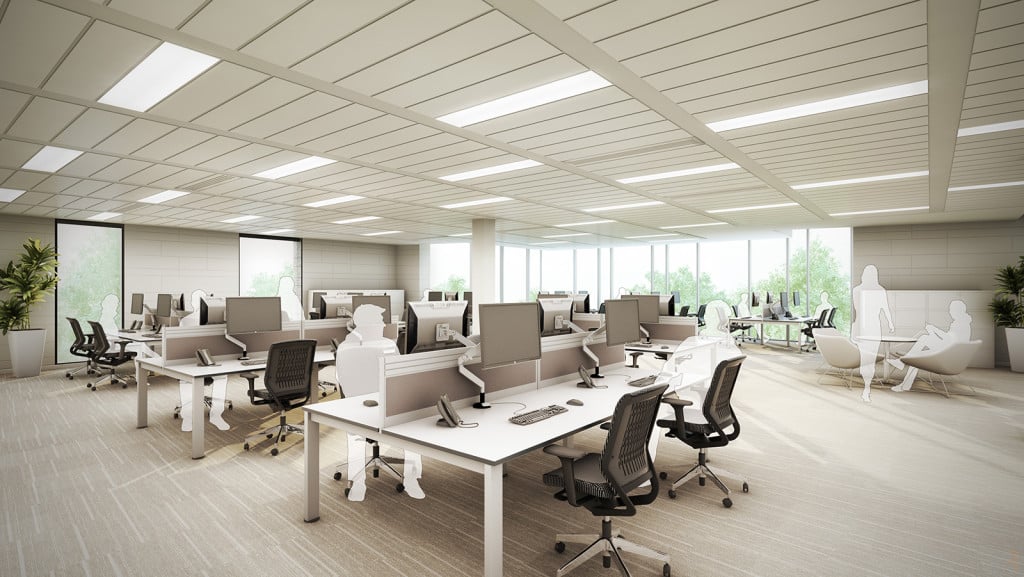Flexible offices are a subtype of office lease where you renew them on a monthly basis, instead of committing to several risky years.
We asked our friends at Aidan Office Space Gateshead to share some insider information on making the transition to flexible office space – when you ought to get to it and what options are at your disposal.

Well, obviously, you will do some local-specific Google searching, but according to our insiders, most people have trouble understanding what and when they should google in the first place.
When to go looking for the new office
In general, give yourself a month or a little longer before the date when you will be needing to permanently leave your current office space. When you find a new office that you like well enough and you sign the lease for that space, you should be able to move in fairly soon, in the span of a few days up to a few weeks.
However, before that happy time, there is the actual office search to consider. You will need to get a good grasp of what is on the market, you will probably spend a fair few days or even a couple of weeks browsing online, not to mention physically visiting interesting spaces to do some on-site viewing and see if the place matches the advert pictures.
So, if you already have a definitive date by which you will need to leave your current office, mark a day on your calendar that is some four to six weeks prior, at the bare minimum, and start your new office hunt around that time. Also, make the time to notify all relevant parties of your business’ upcoming relocation. Check out this article for a comprehensive guide on that issue.
What kinds of spaces are available
These are flexible offices we are talking about, so are going to have an astronomic number of options to consider. Of all the office providers out there, every one of them has their own unique combination of options and benefits to offer, so there are basically unlimited potential offices to pick and choose from. That said, in order to help you wrap your head around this entire circus, you can think of flexible offices in terms of three loosely defined major categories: private offices, shared offices, and coworking spaces. Let’s take a look at each of those in turn.
Private offices tend to be either a part of a larger unit, where you have a whole building full of other private offices, or they can be side by side with some kind of a common work space (which may or may not be for the same company). They are the best solution for those companies and employees who have an obligation to maintain some level of privacy (for example, to protect some confidentiality in the workplace), or who just value the possibility for their employees to have their own set of four walls.
Shared offices might be seen as something of a dorm room in the context of a professional environment. They tend to be one, more or less large, space, with several individual desks in whatever arrangement you decide is the most practical or the most convenient (to be perfectly honest, the biggest factor at play in these setups tend to be the power sockets rather than anything else).
Everybody has their own designated desk, and they can leave some of their belongings or papers in their space at the end of the work day. This type of office space tends to be the go-to recommendation for startups and small or mid-size teams, usually more than three people, but no more than two dozen or so. They also frequently feature additional spaces such as a communal kitchen, a common break area, meeting facilities and so on. For all that you get in these arrangements, they are all the better because shared offices tend to come out significantly cheaper than conventional private offices.
Finally, there are the coworking spaces. This type of office setup is arguably the most flexible out of the three. The way they work is, there are a number of desks, a kitchen, some break space, and some meeting spaces, and everybody just uses whatever they can grab. You could kind of look at it like an office game of musical chairs. This type of communal workspace is increasingly popular with freelancers and remote employees who find themselves on the go.
Now you have some general ideas about how to choose and set up a flexible office for your employees. Which of the three big types attracts you the most? Do you have your own office hacks to share? Let us know in the comments!